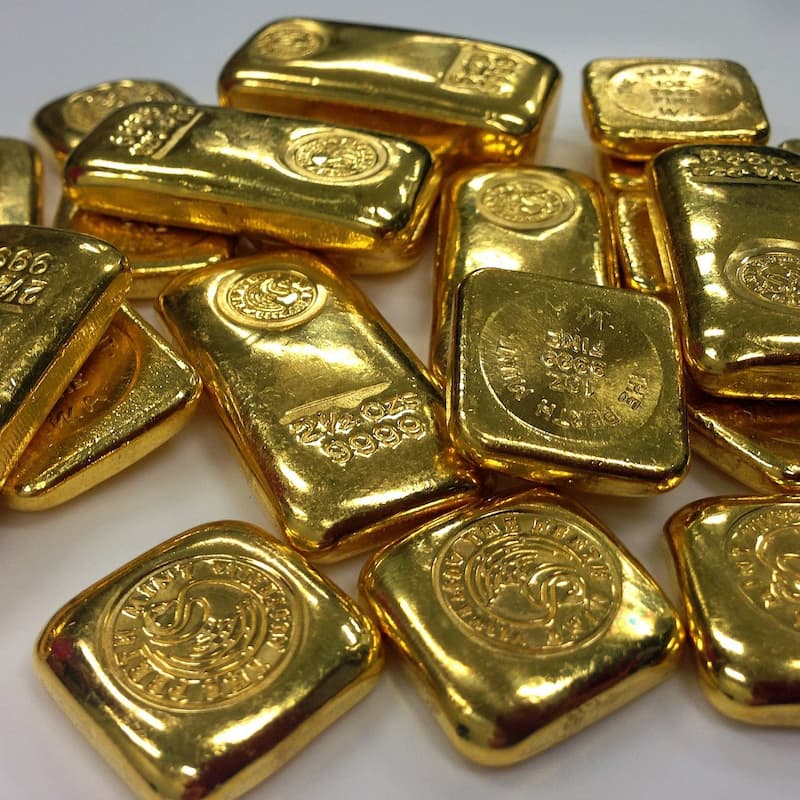Investment Strategies
Use Recent Gold Correction To Get Back In – Standard Chartered

Gold, at one point dismissed as a zero-yielding relic of bygone monetary eras, is the substance that refuses to die when it comes to banks' portfolios.
The pullback in the price of gold below a recent high near $4,360
per ounce – still 49 per cent higher over 12 months – represents
an opportunity to buy back into the metal because drivers of gold
remain in place, Standard
Chartered says in a note.
The rise in the price of gold has taken place against a backdrop
of a lower dollar exchange rate against other currencies (the
Dollar Index is down 7.91 per cent year-to-date), central
bank buying and concerns sticky inflation in the US and certain
other nations. Continued geopolitical worries – wars and tafiffs
– tend to work in the “safe haven” asset’s favour.
The “normalisation” of the gold market could continue for a while
yet, Standard Chartered Wealth Solutions said in a note.
“It is possible for the current positioning normalisation to take
several weeks to fully play out. However, we firmly view this
pullback as an opportunity to add, with technical support sitting
at $3,945 to $4,060 per ounce. We expect gold to reach $4,500 in
12 months,” the bank said in its November Global Market Outlook
document.
Strikingly, gold is rising while equities have also risen which
is unusual. The MSCI World Index of developed countries’ equities
returns is 17.21 from the start of this year.
The rise in the gold price – up 113 per cent over the past five years – has reignited debate about its place in high net worth clients' portfolios. The rally in gold during 2025 chimes with the idea that the metal is part of a "vibe shift" in assumptions about the monetary system since the global financial crisis of 2008. Several wealth managers such as UBS and Pictet in Switzerland, and DWS, have been positive about gold in recent months. (See here for a recent story on the market.)
Equities' tug of war
Switching to stocks, the UK-listed bank said there is tension
between the positive force of US Federal Reserve rate cuts and
economic growth, and the negative force around worries over high
valuations, and a weakening US employment market.
“We remain positive. While optimistic investor positioning means
the journey from today to year-end may be a more volatile one
than we’ve experienced for much of this year, we continue to
expect the direction to be positive,” Standard Chartered
said.
“Strong earnings growth and positive earnings revisions remain a
cornerstone of our view. Further Fed rate cuts are another factor
that should offer support. An overview of quantitative indicators
supports this view. For global equities, our short-term
quantitative model remains bullish, despite mid-month volatility.
Our long-term stock-bond model remains unambiguously bullish due
to supportive fundamentals, healthy market breadth and improved
DM [developed market] equity valuation after an early month
pullback,” it said.
Regionally, the bank said it remains overweight on the US (led by
strong economic and earnings growth) and Asia ex-Japan (led by
policy easing and a weak dollar). It prefers equities to credit.
“In an environment of elevated valuations across both asset
classes, we prefer the relatively less constrained potential
upside in equities over corporate bonds,” it said.
Trade and central bank policy remain key risks, it added.